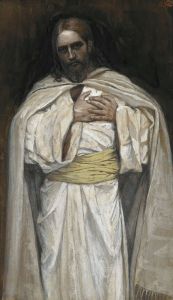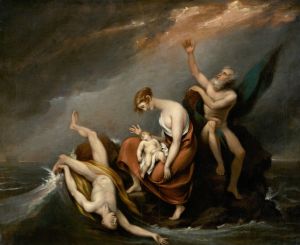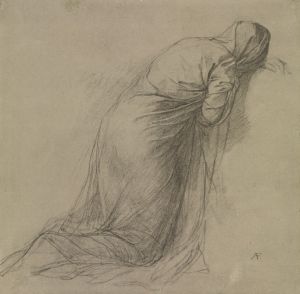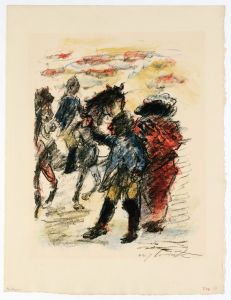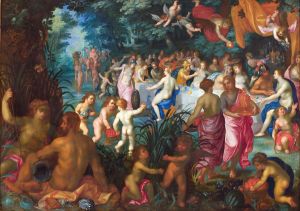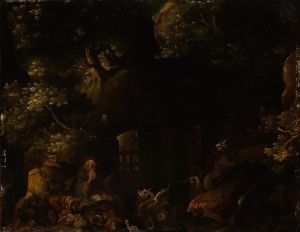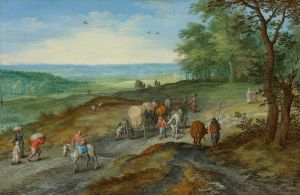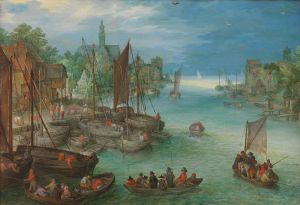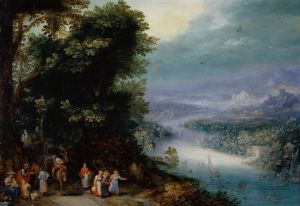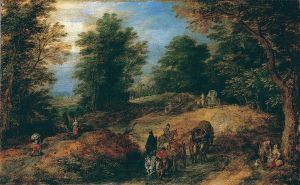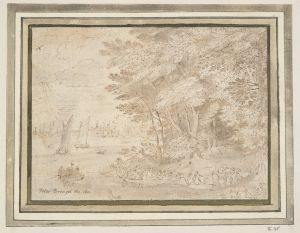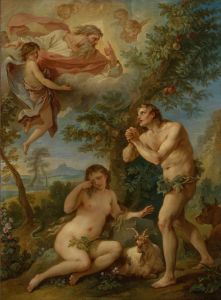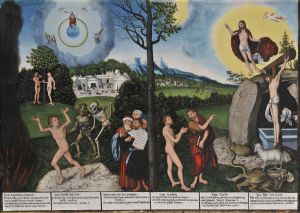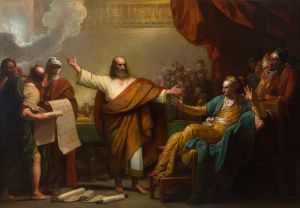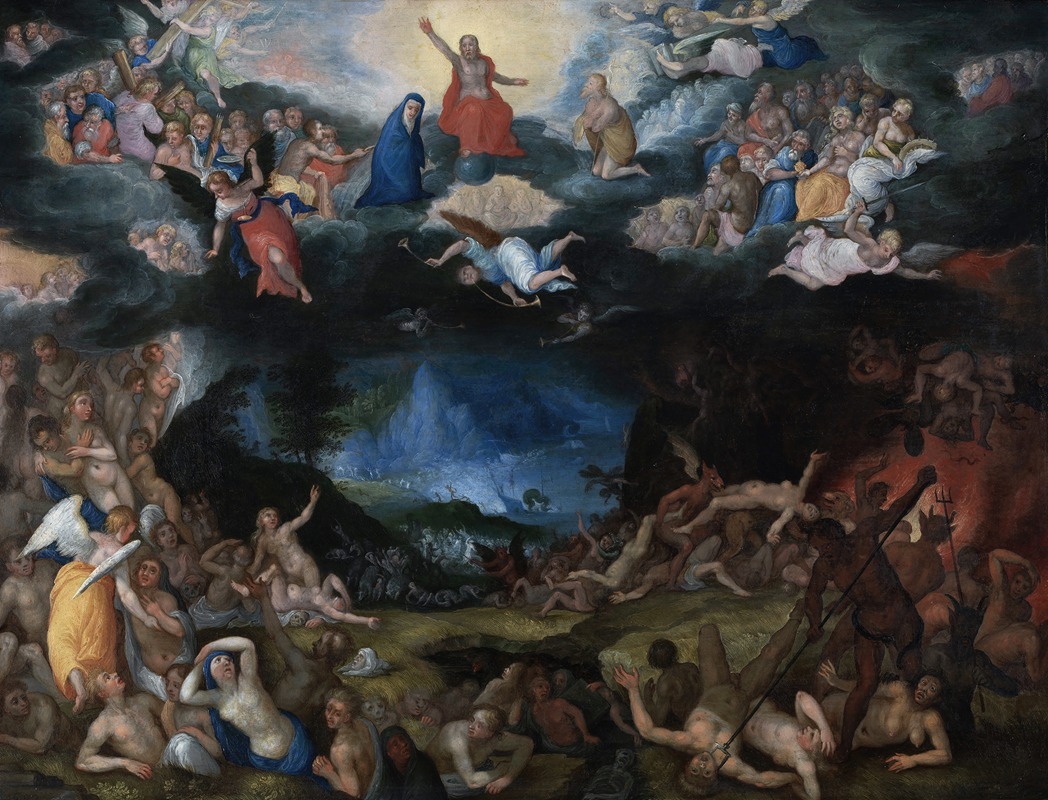
The Last Judgement
A hand-painted replica of Jan Brueghel The Elder’s masterpiece The Last Judgement, meticulously crafted by professional artists to capture the true essence of the original. Each piece is created with museum-quality canvas and rare mineral pigments, carefully painted by experienced artists with delicate brushstrokes and rich, layered colors to perfectly recreate the texture of the original artwork. Unlike machine-printed reproductions, this hand-painted version brings the painting to life, infused with the artist’s emotions and skill in every stroke. Whether for personal collection or home decoration, it instantly elevates the artistic atmosphere of any space.
Jan Brueghel the Elder, a prominent Flemish painter of the late 16th and early 17th centuries, is known for his detailed landscapes and vibrant compositions. One of his notable works is "The Last Judgement," a painting that reflects the artist's skill in combining religious themes with intricate detail and vivid imagery.
"The Last Judgement" by Jan Brueghel the Elder is a depiction of the biblical scene of the final judgment, a common theme in Christian art. This painting illustrates the moment when Christ returns to judge the living and the dead, a subject that has been explored by many artists throughout history. Brueghel's interpretation is notable for its meticulous attention to detail and the dynamic arrangement of figures.
In this work, Brueghel employs his characteristic style, which includes a rich color palette and a densely populated composition. The painting is divided into two main sections: the heavenly realm above and the earthly realm below. In the upper section, Christ is typically depicted at the center, surrounded by angels and saints. This celestial assembly is often shown in a radiant light, symbolizing divine glory and justice. The lower section of the painting contrasts sharply with the serene order of heaven, depicting the chaotic and tumultuous scenes of the damned being cast into hell.
Brueghel's ability to convey complex narratives through detailed imagery is evident in the way he populates the scene with numerous figures, each engaged in dramatic action. The artist's attention to detail extends to the depiction of the landscape, which serves as a backdrop to the unfolding drama. The landscape is often lush and intricate, showcasing Brueghel's skill in rendering natural elements with precision.
Jan Brueghel the Elder was part of a renowned family of artists, and he collaborated with other prominent painters of his time, including Peter Paul Rubens. This collaboration is evident in some of his works, where Rubens would paint the figures while Brueghel focused on the landscapes and other elements. However, "The Last Judgement" is primarily attributed to Brueghel himself, showcasing his individual artistic vision.
The painting reflects the religious and cultural context of the time, as the theme of the Last Judgement was particularly resonant during the Counter-Reformation, a period when the Catholic Church sought to reaffirm its doctrines in response to Protestant Reformation challenges. Art played a significant role in this effort, serving as a means to communicate religious messages and inspire devotion among the faithful.
Jan Brueghel the Elder's "The Last Judgement" remains an important example of Flemish Baroque painting, illustrating the artist's mastery of composition, color, and detail. It stands as a testament to his ability to blend religious themes with his unique artistic style, leaving a lasting impact on the art world.





